Home>Furniture & Design>Office Furniture>What Is An Ergonomic Office Chair


Office Furniture
What Is An Ergonomic Office Chair
Modified: August 27, 2024
Discover the benefits of ergonomic office chairs for improved comfort and productivity. Explore our range of office furniture and design solutions.
(Many of the links in this article redirect to a specific reviewed product. Your purchase of these products through affiliate links helps to generate commission for Storables.com, at no extra cost. Learn more)
**
Introduction
**
Welcome to the world of ergonomic office chairs! In today's fast-paced and technology-driven work environment, the significance of comfortable and supportive seating cannot be overstated. Whether you spend your days at a traditional desk, a standing workstation, or a home office setup, the right chair can make all the difference in your productivity, health, and overall well-being.
In this article, we are going to explore the concept of ergonomic office chairs, shedding light on their design, benefits, and how to choose the perfect one for your needs. By the end of this journey, you will have a comprehensive understanding of what makes these chairs so essential in modern workplaces and how they can positively impact your day-to-day work experience.
So, let's delve into the realm of ergonomic office chairs and discover the incredible benefits they offer to individuals seeking comfort, support, and improved posture during their work hours. Whether you're a seasoned professional or a newcomer to the world of office furniture, this guide will equip you with the knowledge needed to make an informed decision when it comes to selecting the ideal ergonomic chair for your workspace.
**
Key Takeaways:
- Ergonomic office chairs prioritize comfort, posture, and health, enhancing productivity and well-being in the workplace. Their adjustable features cater to diverse needs, promoting a more inclusive and supportive work environment.
- When choosing an ergonomic office chair, consider adjustability, lumbar support, and workspace compatibility. Prioritize comfort, breathability, and warranty, ensuring a personalized and supportive seating experience.
Understanding Ergonomics
**
Before diving into the specifics of ergonomic office chairs, it’s crucial to grasp the concept of ergonomics and its relevance in the workplace. Ergonomics, derived from the Greek words “ergon” (meaning work) and “nomoi” (meaning natural laws), is the science of designing and arranging products, systems, and environments to fit the individuals who use them. In the context of office furniture, including chairs, desks, and accessories, ergonomic design aims to optimize comfort, efficiency, and safety for the user.
When applied to office chairs, ergonomic principles prioritize the well-being of the seated individual by promoting proper posture, providing adequate lumbar support, and minimizing the risk of musculoskeletal issues associated with prolonged sitting. These chairs are crafted to align with the natural curvature of the spine, distribute body weight evenly, and reduce strain on the neck, shoulders, and lower back.
Furthermore, ergonomic office chairs are often adjustable, allowing users to customize the seat height, armrest position, and recline angle to suit their unique preferences and body dimensions. By accommodating diverse body types and postures, these chairs cater to a wide range of individuals, fostering a more inclusive and comfortable work environment.
Understanding ergonomics goes beyond recognizing the physical benefits of well-designed office furniture; it also encompasses the psychological and emotional impact of a supportive workspace. Employees who feel comfortable and properly supported are likely to experience reduced stress, increased focus, and heightened job satisfaction, ultimately contributing to a more positive and productive work culture.
By embracing ergonomic principles in the design of office chairs, organizations demonstrate a commitment to the well-being of their employees, which can lead to improved morale, decreased absenteeism, and enhanced overall performance. With this foundational knowledge of ergonomics, we can now explore the myriad benefits of incorporating ergonomic office chairs into the modern workplace.
**
Benefits of an Ergonomic Office Chair
**
Investing in an ergonomic office chair offers a multitude of advantages that extend far beyond mere comfort. These chairs are specifically engineered to promote a healthier and more productive work experience, benefiting both individuals and organizations. Let’s delve into the remarkable benefits that these thoughtfully designed chairs bring to the table:
-
Enhanced Comfort: Ergonomic office chairs are crafted with the user’s comfort in mind, featuring ample cushioning, breathable materials, and adjustable components that cater to individual preferences. By providing a comfortable seating experience, these chairs help reduce fatigue and discomfort, allowing individuals to focus on their tasks with minimal distractions.
-
Improved Posture: One of the most notable benefits of ergonomic chairs is their ability to promote proper posture. With features such as lumbar support, adjustable seat height, and recline functionality, these chairs encourage users to maintain a neutral spine position, reducing the risk of back pain and spinal issues associated with prolonged sitting.
-
Reduced Risk of Musculoskeletal Disorders: Prolonged sitting in non-ergonomic chairs can contribute to musculoskeletal problems such as neck strain, shoulder tension, and lower back pain. Ergonomic office chairs, however, are designed to mitigate these risks by providing adequate support and promoting healthy sitting positions, thus reducing the likelihood of developing such discomforts.
-
Enhanced Productivity: When individuals are comfortable and free from the distractions of physical discomfort, they can devote their full attention and energy to their work. Ergonomic chairs contribute to improved productivity by minimizing the physical strain associated with prolonged sitting, allowing employees to remain focused and engaged throughout the day.
-
Customizable Support: Unlike traditional office chairs, ergonomic chairs often feature adjustable components, such as armrests, seat depth, and recline tension, allowing users to tailor the chair to their specific needs. This customization ensures that individuals of varying body types and preferences can find the optimal level of support and comfort.
-
Long-Term Health Benefits: By promoting proper posture and reducing the physical strain of sedentary work, ergonomic office chairs contribute to long-term health and well-being. Employees who use ergonomic chairs are less susceptible to chronic back problems and other musculoskeletal issues, leading to improved overall health and a reduced likelihood of work-related injuries.
These benefits underscore the transformative impact of ergonomic office chairs on the well-being and performance of individuals in the workplace. By prioritizing comfort, support, and long-term health, these chairs represent a valuable investment in the overall quality of the work environment.
**
When choosing an ergonomic office chair, look for adjustable seat height, lumbar support, and armrests. This will help you maintain good posture and reduce strain on your body.
Key Features of an Ergonomic Office Chair
**
When it comes to selecting an ergonomic office chair, understanding the key features that contribute to its supportive and comfortable design is essential. These chairs are meticulously engineered to address the diverse needs of individuals who spend extended periods seated at workstations. Let’s explore the fundamental features that distinguish ergonomic office chairs from traditional seating options:
-
Lumbar Support: A defining feature of ergonomic chairs is the presence of lumbar support, which maintains the natural curve of the spine and prevents slouching. This adjustable support, often located in the lower back region of the chair, promotes healthy posture and reduces the strain on the lumbar region, enhancing overall comfort.
-
Adjustable Seat Height: Ergonomic chairs typically offer adjustable seat height to accommodate individuals of varying statures. This feature allows users to position their feet flat on the floor with thighs parallel to the ground, promoting proper posture and minimizing pressure on the knees and lower back.
-
Recline Functionality: Many ergonomic chairs are equipped with a recline mechanism that enables users to lean back while maintaining proper spinal alignment. This feature reduces pressure on the spine and allows for dynamic sitting, enhancing comfort and relieving tension during prolonged periods of sitting.
-
Seat Depth Adjustment: The ability to adjust the seat depth ensures that individuals of different leg lengths can sit comfortably without experiencing pressure behind the knees. This feature promotes proper circulation and reduces the risk of discomfort associated with extended sitting.
-
Adjustable Armrests: Ergonomic chairs often include adjustable armrests, allowing users to position their arms comfortably while typing or performing tasks. This feature helps prevent shoulder and neck strain, supporting a more relaxed and ergonomic posture.
-
Breathable Materials: Many ergonomic chairs are constructed using breathable materials such as mesh or perforated fabrics. This design promotes air circulation, reducing the likelihood of heat buildup and perspiration, which can contribute to discomfort during prolonged sitting.
-
Swivel Base and Casters: The ability to swivel and move freely within the workspace is facilitated by the swivel base and casters found on ergonomic chairs. This feature enables users to reach different areas of their workstation without straining or twisting their body, enhancing convenience and accessibility.
These key features collectively contribute to the ergonomic excellence of office chairs, prioritizing the comfort, support, and well-being of individuals throughout their workday. By understanding and evaluating these features, individuals can make informed decisions when selecting an ergonomic chair that aligns with their unique needs and preferences.
**
How to Choose the Right Ergonomic Office Chair
**
With a myriad of ergonomic office chairs available on the market, selecting the right chair to suit your specific needs and preferences can seem like a daunting task. However, by considering key factors and features, you can make an informed decision that enhances your comfort and well-being while contributing to a more productive work experience. Here are essential considerations for choosing the perfect ergonomic office chair:
-
Assess Your Seating Requirements: Begin by evaluating your typical workday and identifying the duration for which you remain seated. Consider whether you require additional lumbar support, adjustable armrests, or a recline function based on your work tasks and sitting habits.
-
Prioritize Adjustability: Look for chairs with a range of adjustable features, including seat height, lumbar support, armrests, and seat depth. The ability to customize these elements ensures that the chair can be tailored to your body dimensions and sitting preferences.
-
Test the Chair’s Comfort: Whenever possible, test the chair in person to assess its comfort and support. Pay attention to the cushioning, lumbar support, and overall fit to determine whether it aligns with your comfort requirements. If in-person testing is not feasible, thoroughly review user reviews and specifications to gauge comfort levels.
-
Consider Material and Breathability: Evaluate the materials used in the chair’s construction, particularly the seat and backrest. Breathable materials such as mesh or perforated fabrics enhance air circulation, reducing the likelihood of discomfort caused by heat buildup during prolonged sitting.
-
Ensure Proper Lumbar Support: Lumbar support is a critical feature in ergonomic chairs, as it helps maintain the natural curvature of the spine and minimizes lower back strain. Look for chairs with adjustable lumbar support to ensure it can be positioned to align with your lower back.
-
Seek a Warranty and Return Policy: Prior to making a purchase, inquire about the chair’s warranty and return policy. A reputable warranty provides assurance of the chair’s quality and durability, while a flexible return policy allows you to exchange or return the chair if it does not meet your expectations.
-
Evaluate the Chair’s Adjustability: Assess the range of adjustability offered by the chair, including recline tension, tilt lock, and armrest positioning. Chairs with a wide range of adjustable features accommodate diverse body types and sitting preferences, ensuring a personalized and supportive seating experience.
-
Consider Your Workspace: Take into account the layout and design of your workspace when selecting an ergonomic chair. Ensure that the chair’s dimensions and mobility align with your workstation, allowing for seamless movement and accessibility within the environment.
By carefully considering these factors and features, you can navigate the process of choosing an ergonomic office chair with confidence, knowing that your selection aligns with your comfort, support, and long-term well-being in the workplace.
**
Conclusion
**
As we conclude our exploration of ergonomic office chairs, it becomes evident that these thoughtfully designed seating solutions offer a wealth of benefits that extend far beyond mere comfort. By prioritizing proper posture, customizable support, and long-term health, ergonomic chairs play a pivotal role in enhancing the well-being and productivity of individuals in the modern workplace.
Understanding the principles of ergonomics and the key features of ergonomic chairs empowers individuals to make informed decisions when selecting seating options for their work environment. The emphasis on adjustable lumbar support, seat height, recline functionality, and breathable materials underscores the commitment to providing a supportive and comfortable seating experience tailored to the unique needs of each user.
Furthermore, the process of choosing the right ergonomic office chair involves careful consideration of individual seating requirements, adjustability, comfort, and the chair’s compatibility with the workspace. By evaluating these factors, individuals can ensure that their chosen chair aligns with their specific preferences, promoting a healthier and more enjoyable work experience.
Ultimately, the adoption of ergonomic office chairs represents a proactive investment in the well-being and performance of employees, contributing to a positive work culture and fostering a more productive and comfortable workspace. As organizations and individuals recognize the profound impact of ergonomic seating solutions, the prevalence of these chairs in modern offices continues to grow, signaling a collective commitment to prioritizing the health and comfort of individuals in the workplace.
In conclusion, the journey through the realm of ergonomic office chairs has illuminated the transformative benefits they offer, reinforcing their status as indispensable elements of a modern, supportive, and health-conscious work environment. Whether you’re seeking relief from discomfort, striving for improved productivity, or prioritizing your long-term well-being, an ergonomic office chair stands ready to support you on your professional journey.
Frequently Asked Questions about What Is An Ergonomic Office Chair
Was this page helpful?
At Storables.com, we guarantee accurate and reliable information. Our content, validated by Expert Board Contributors, is crafted following stringent Editorial Policies. We're committed to providing you with well-researched, expert-backed insights for all your informational needs.
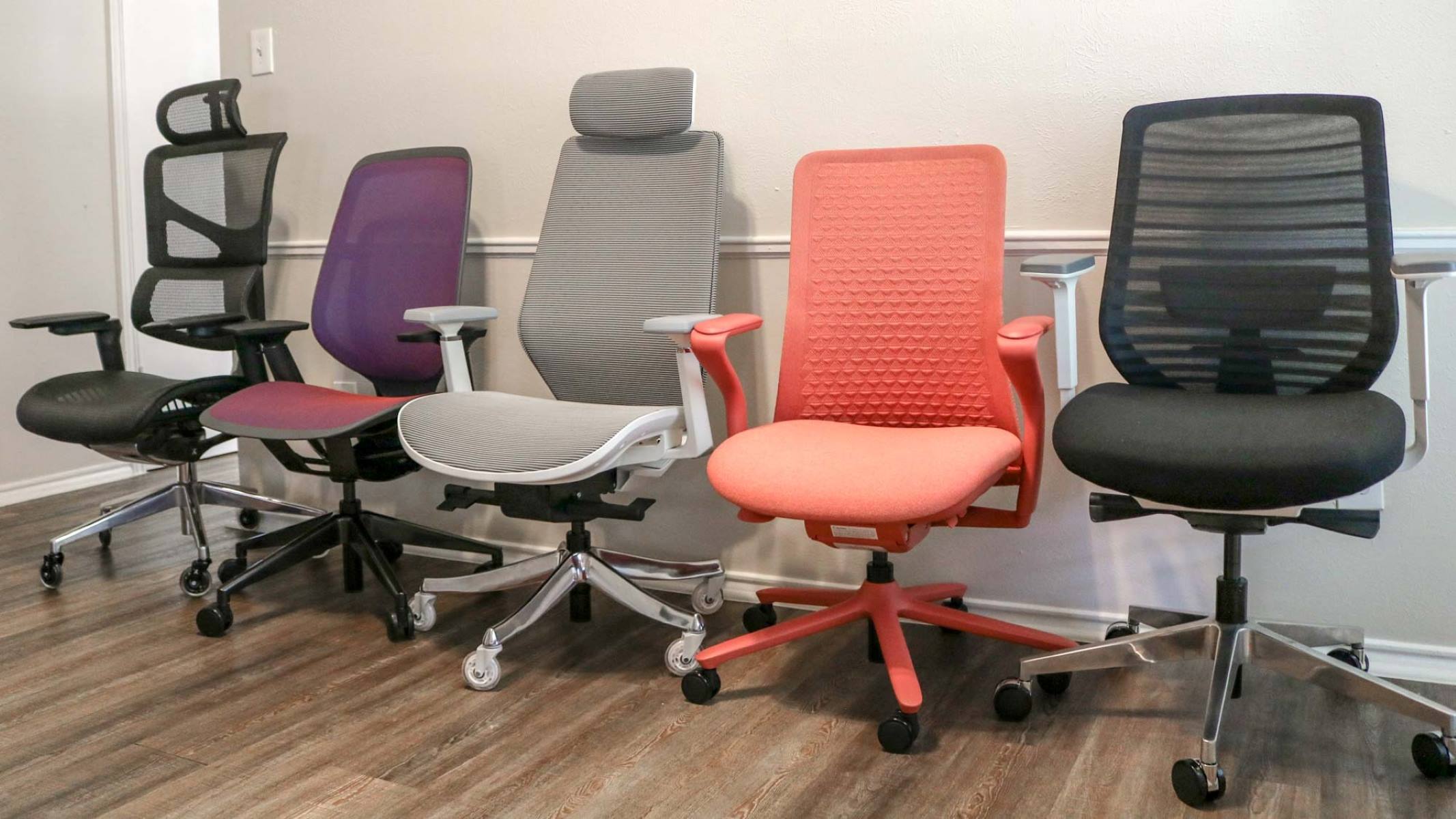
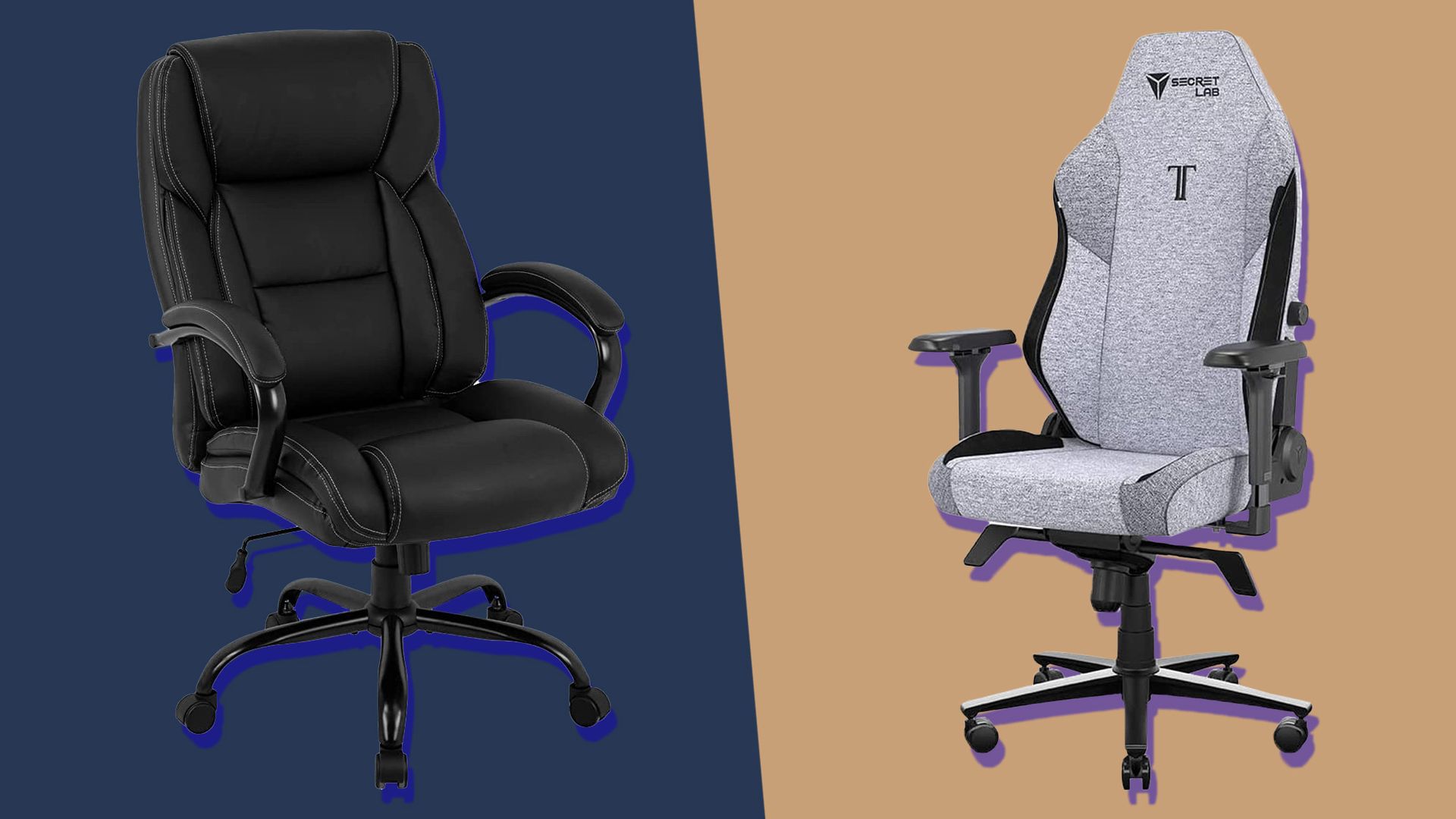
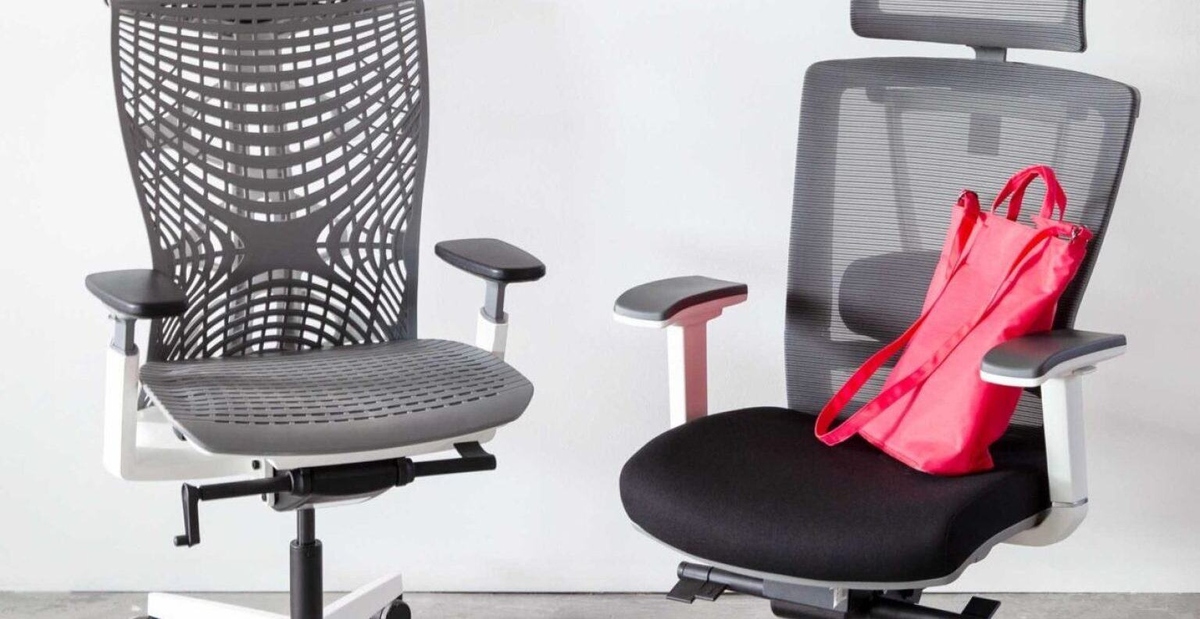
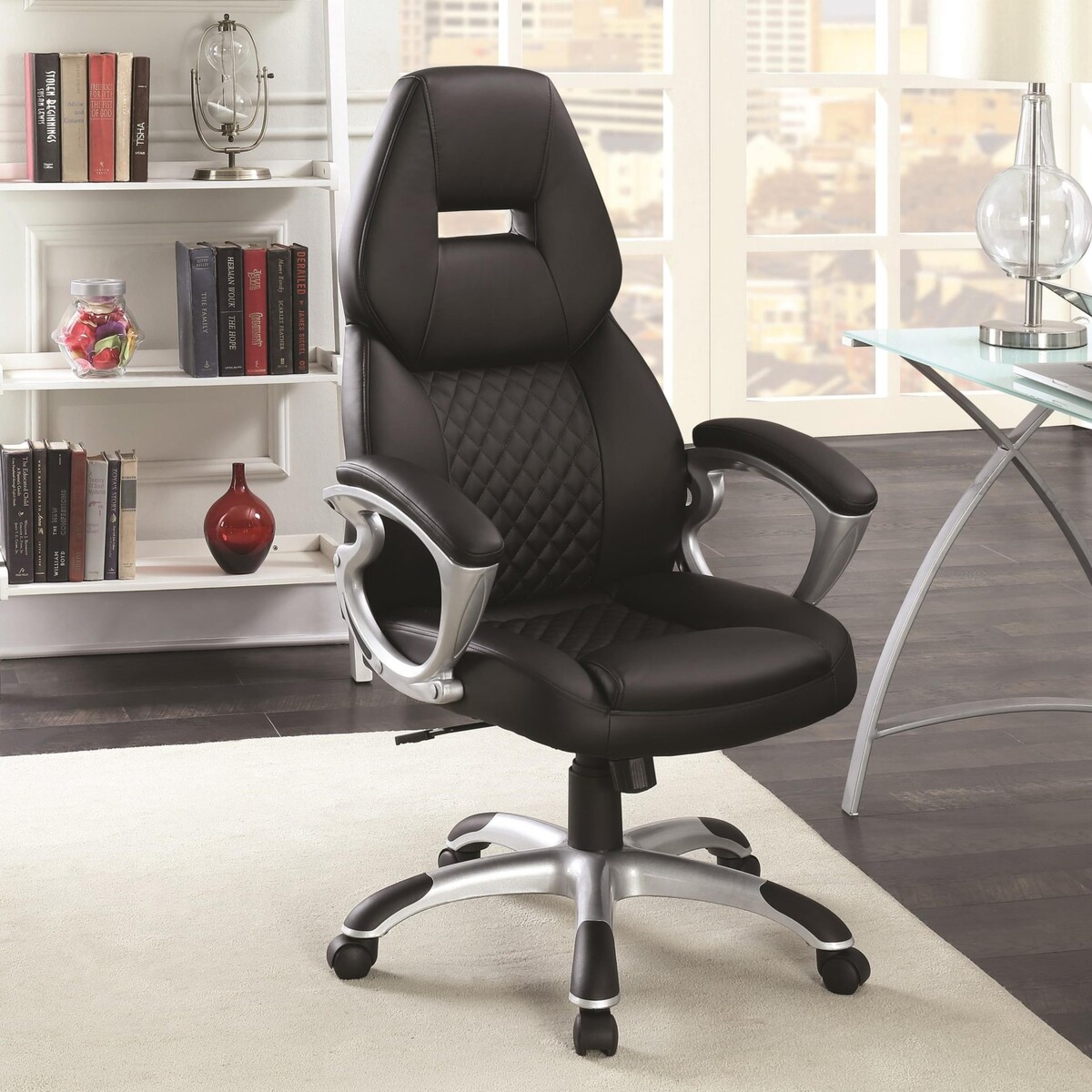



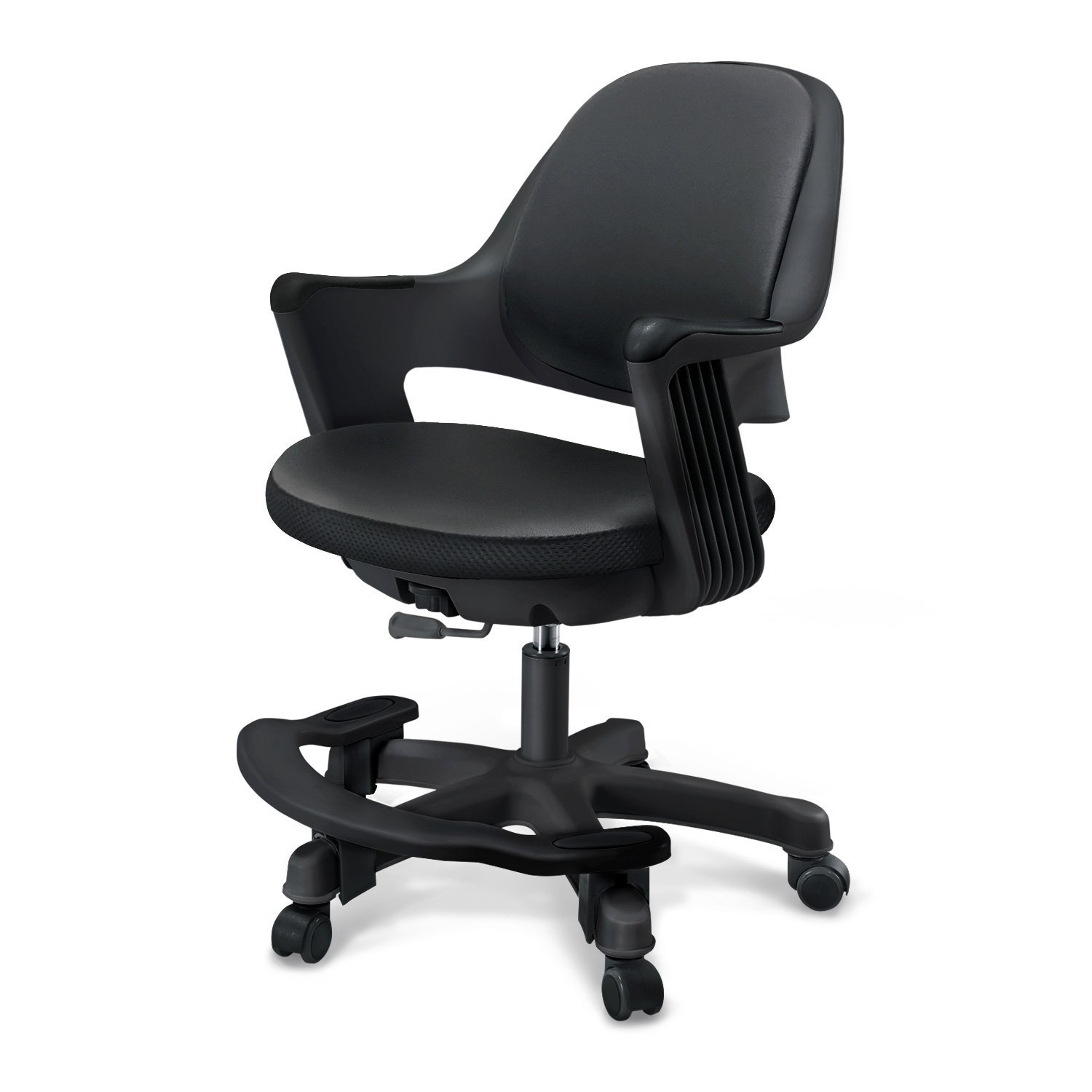
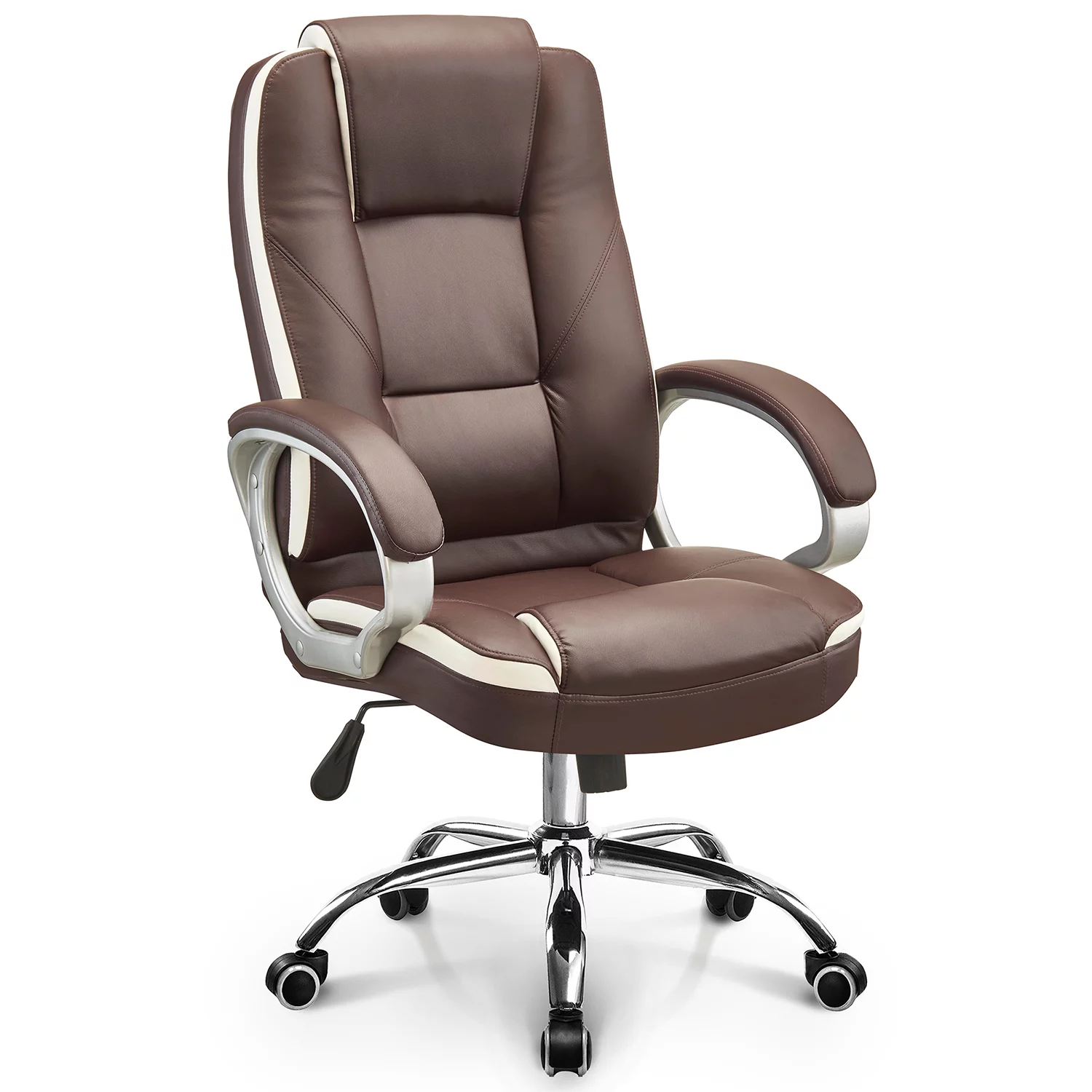
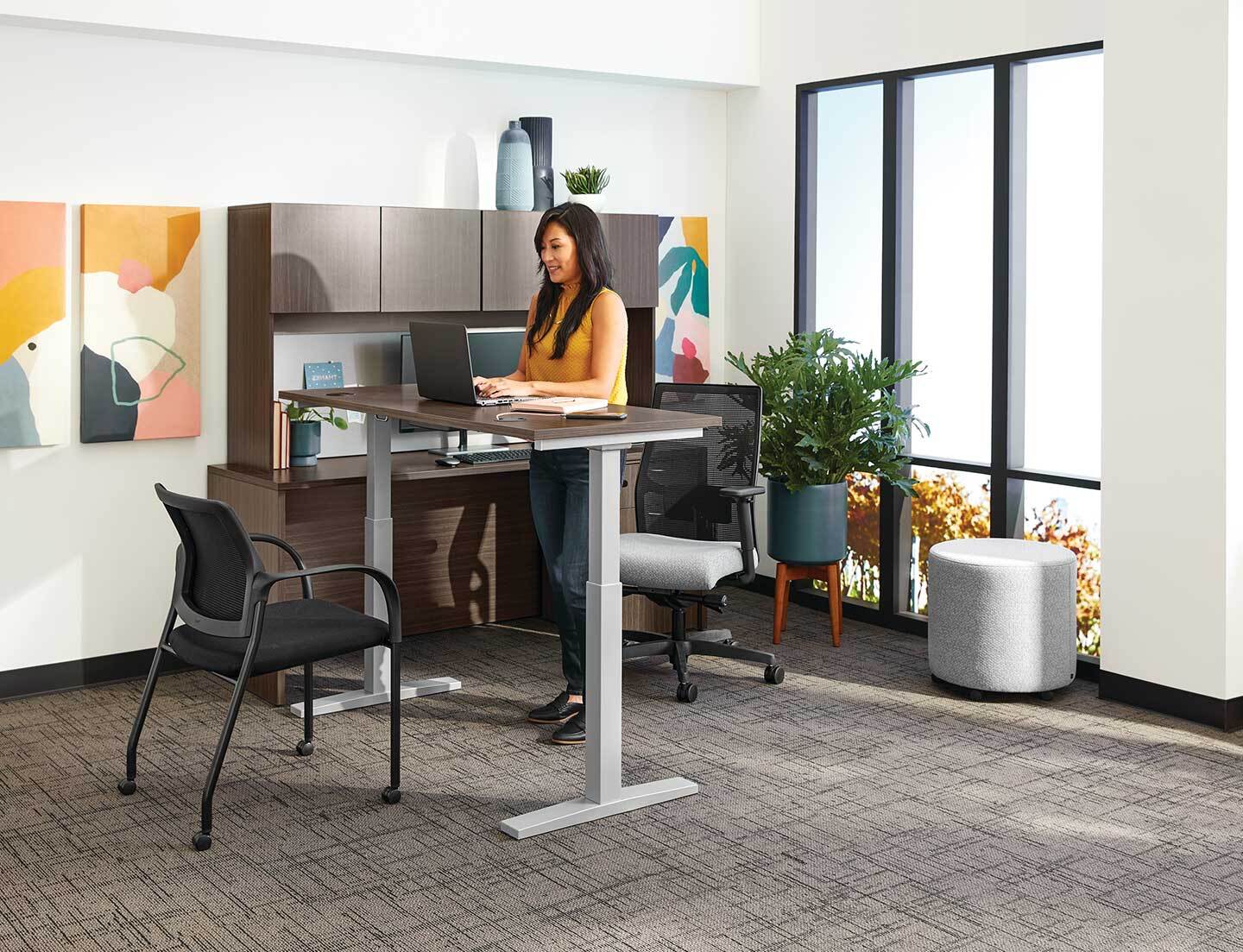
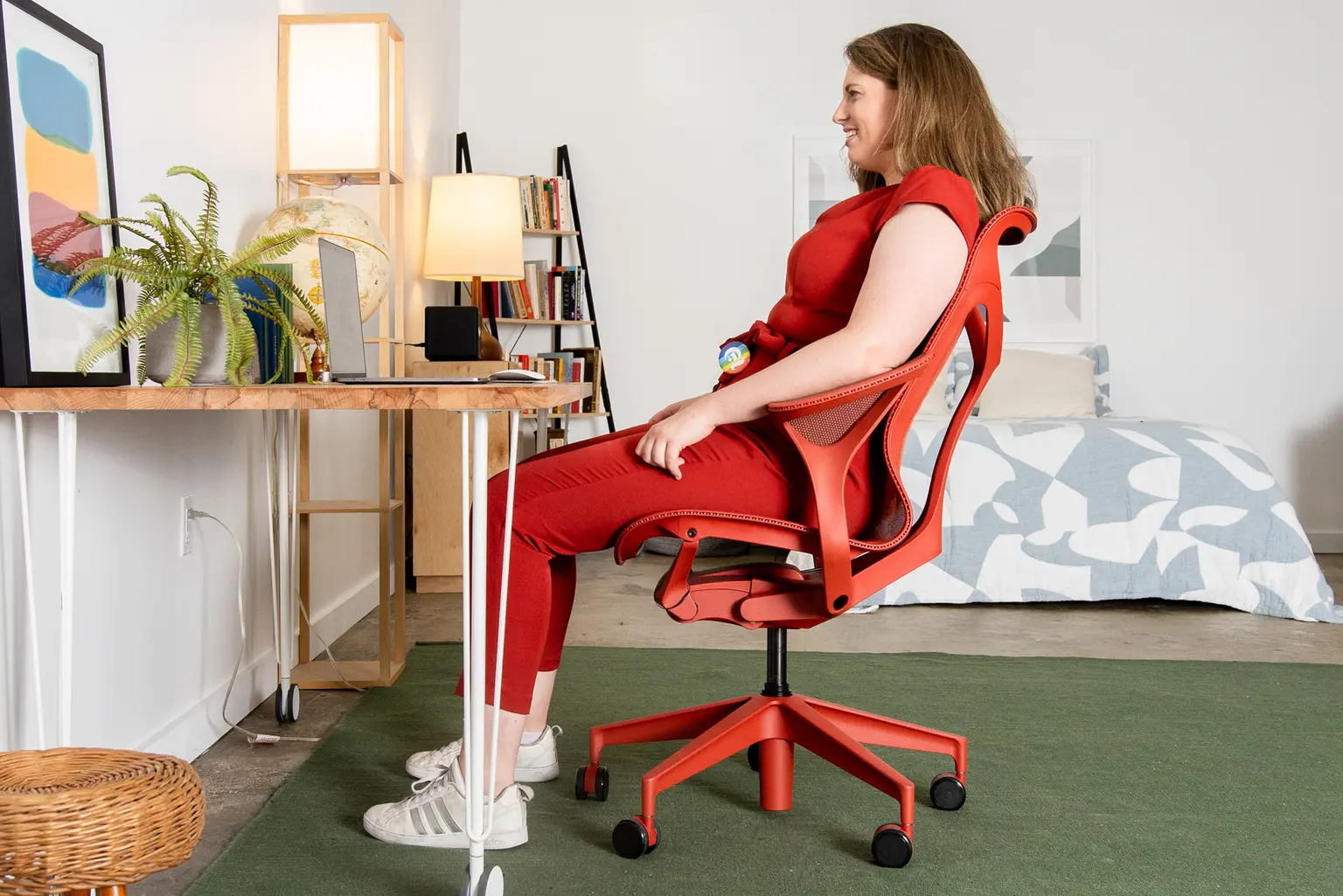

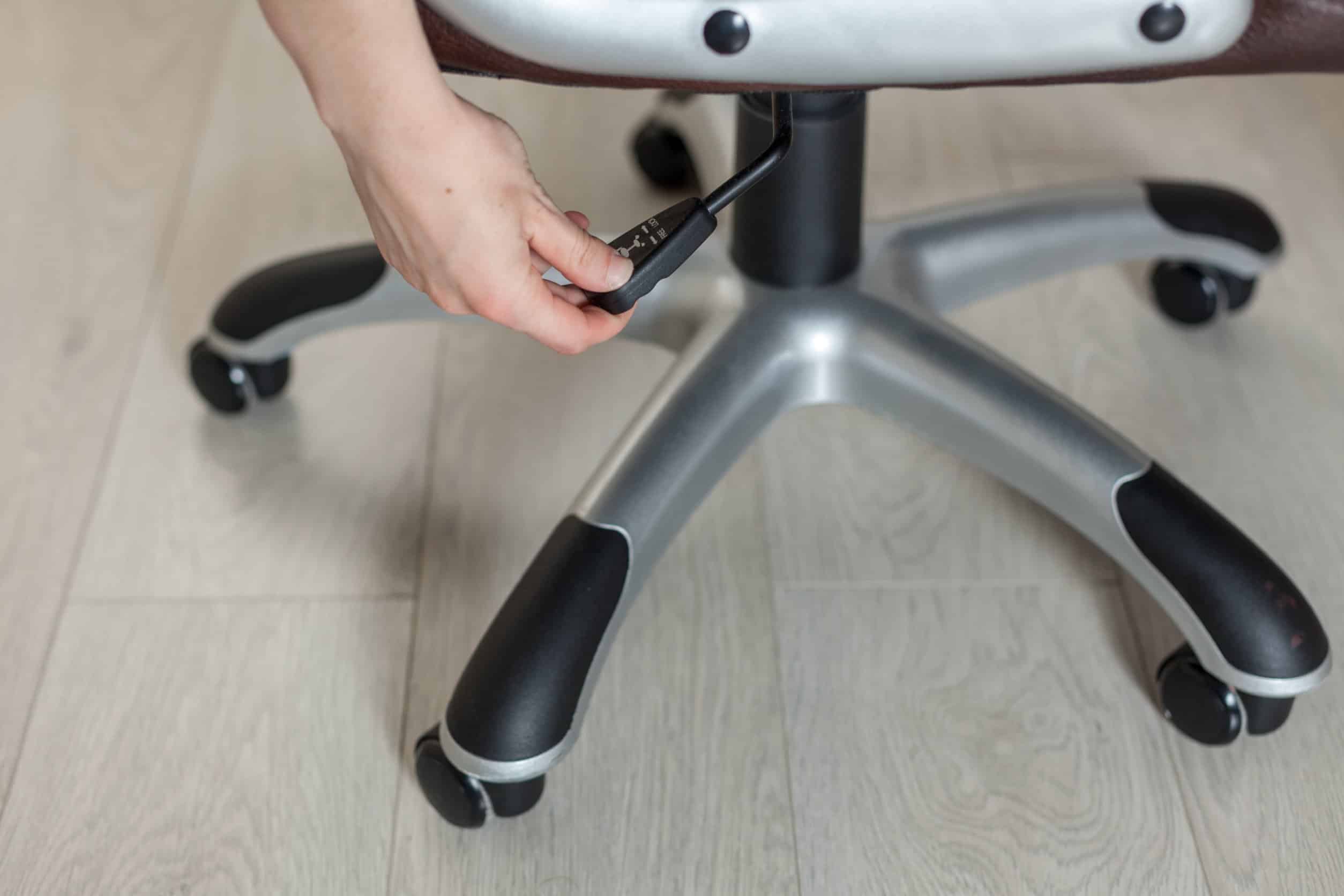
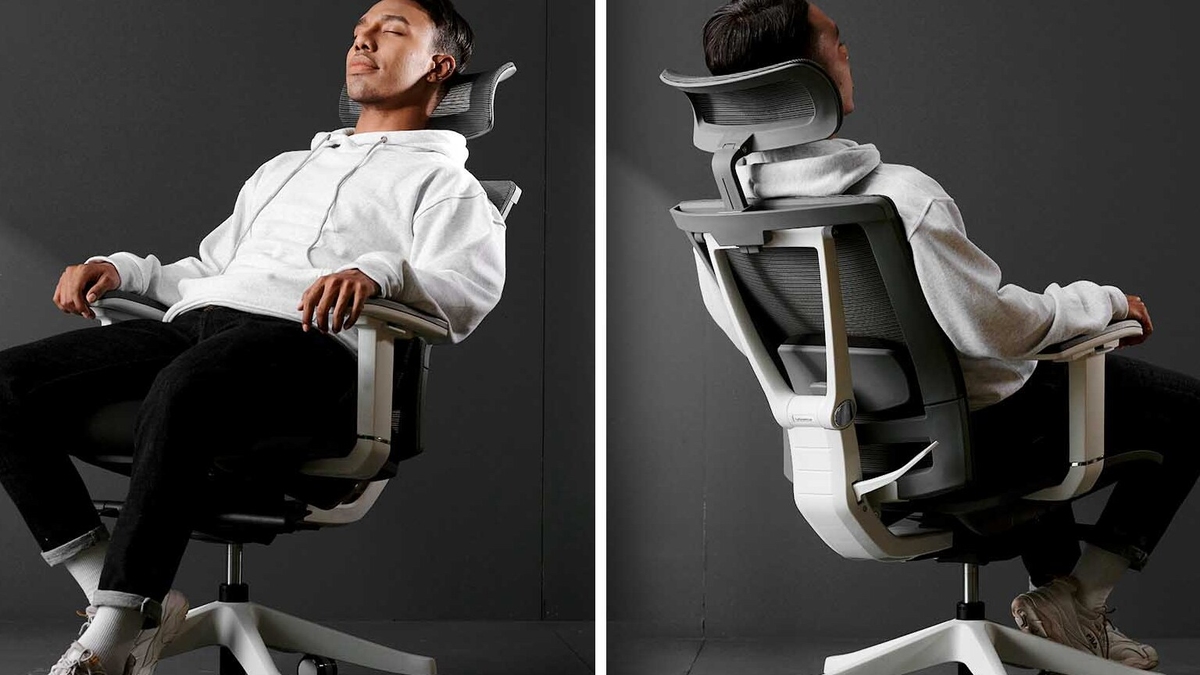

0 thoughts on “What Is An Ergonomic Office Chair”